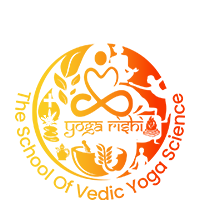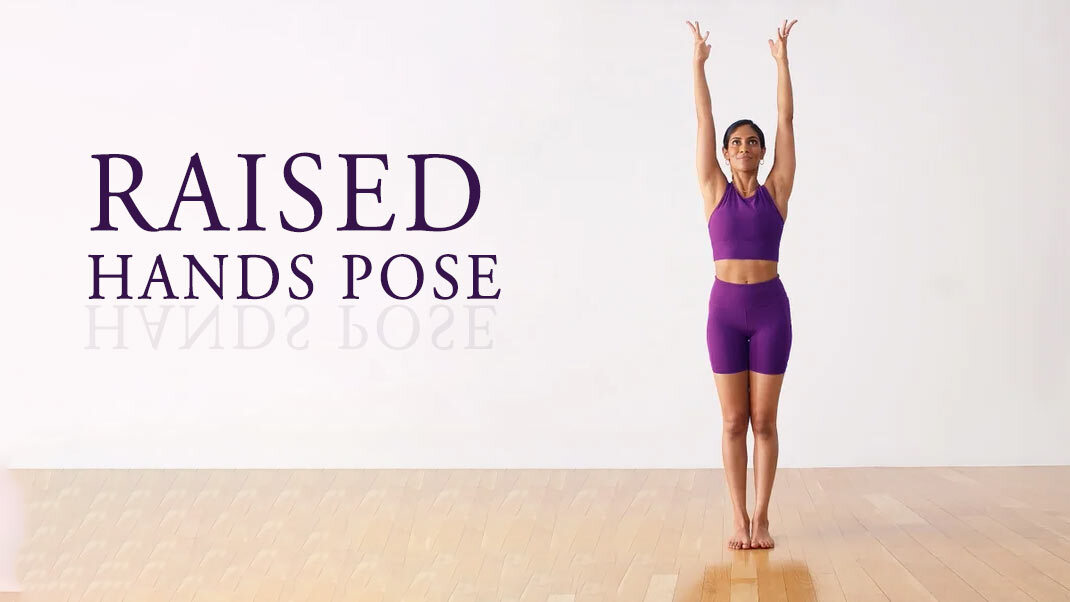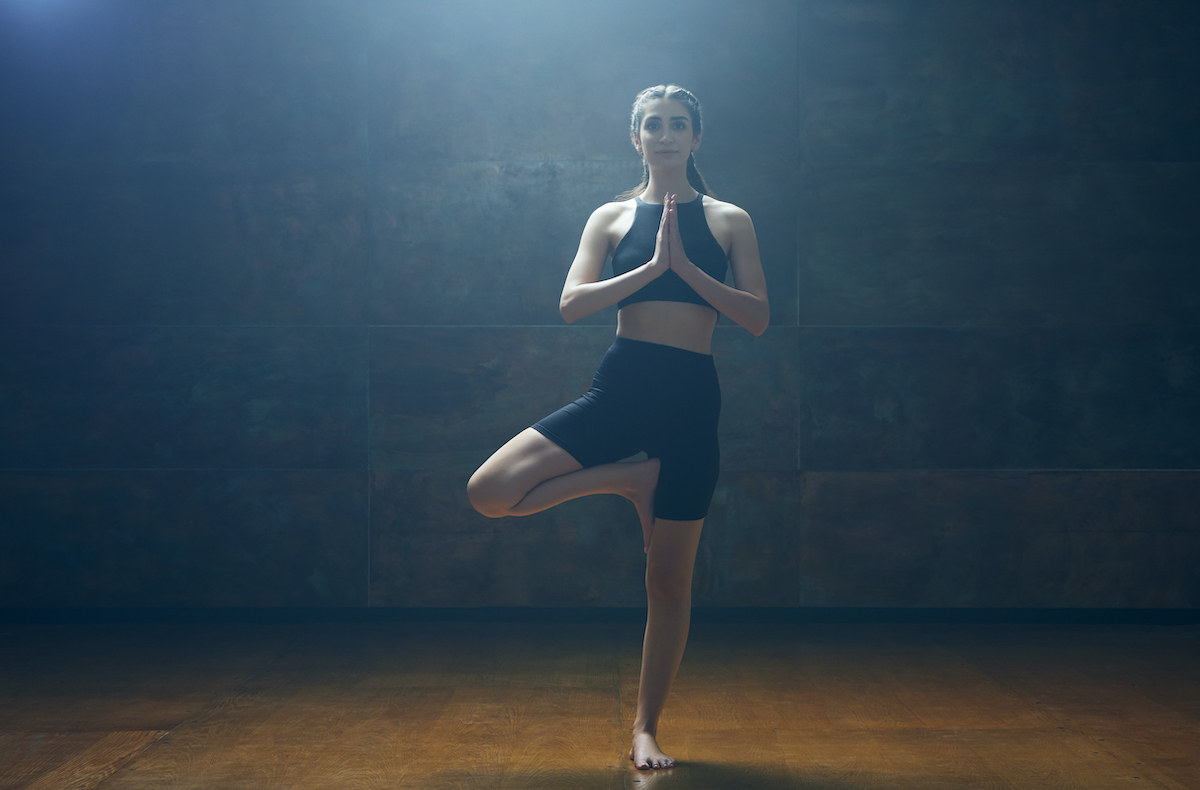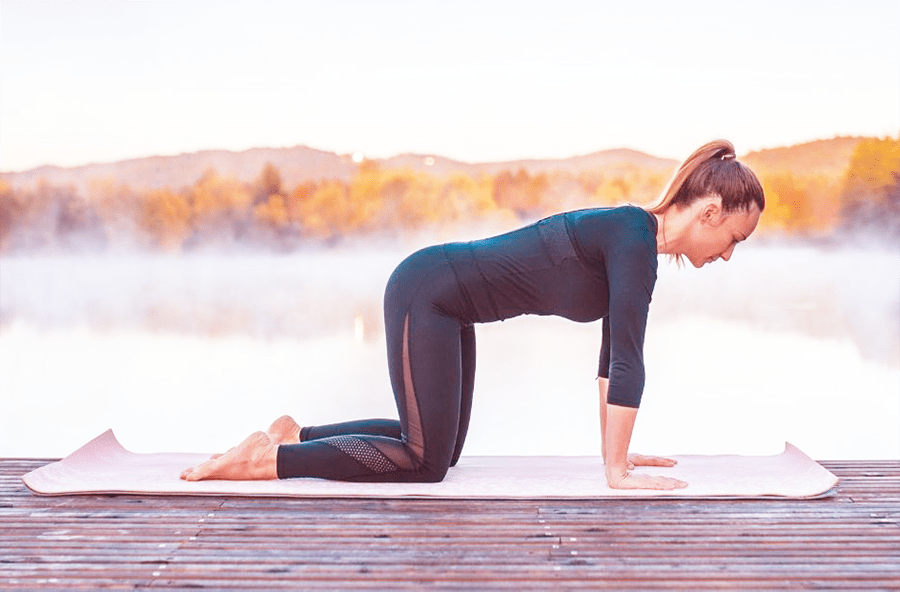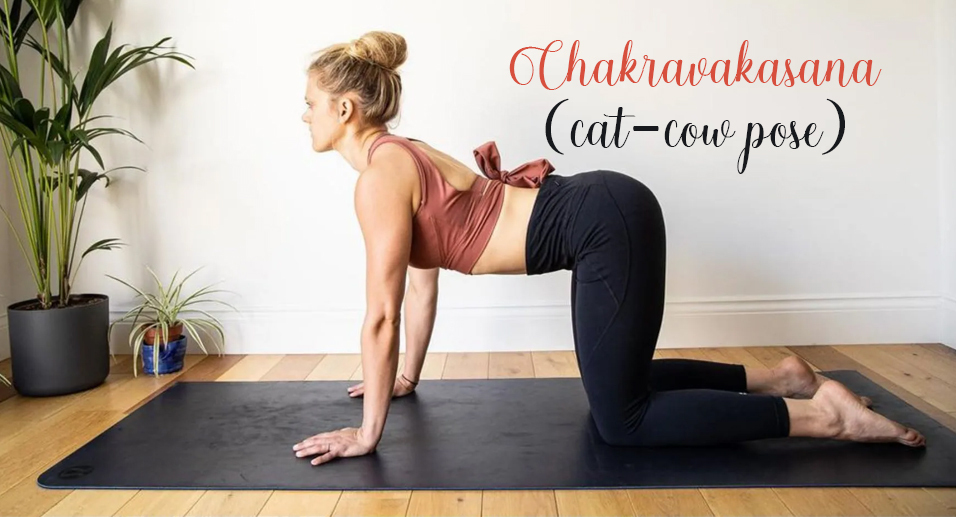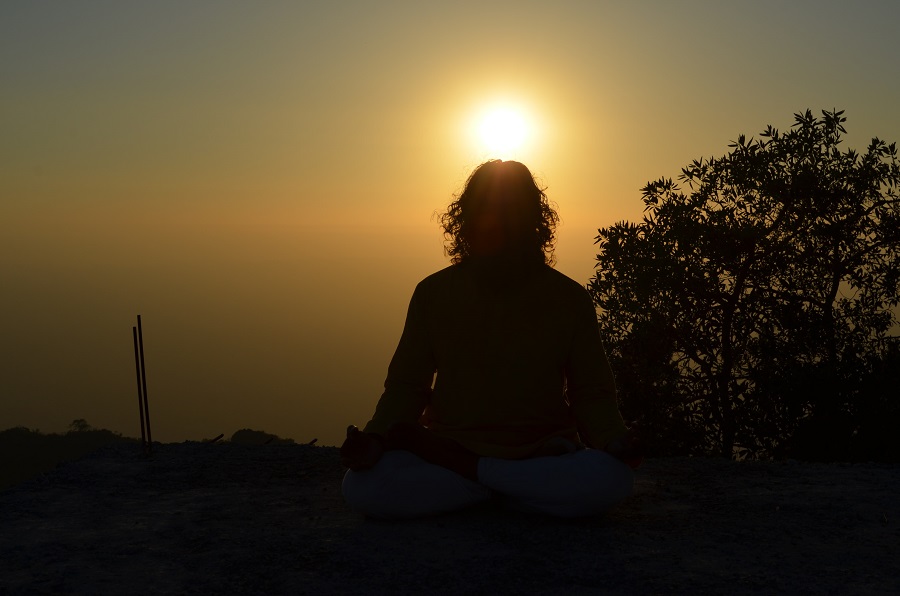
All About Yoga: Poses, Types, Benefits, and More
Yoga and its Invention:
Who is not aware of the benefits of Yoga? For a healthy lifestyle, including Yoga in your daily routine is a must. Yoga is not just an exercise but a science that aims at a healthy human body and a healthy mind. So, it is important for your physical as well as mental health. Yoga contains so many asanas that are aimed to make your body, mind, and soul work in sync with each other.
In India, Yoga belongs to the ancient ages. God Shiva is known as ‘Adiyogi.’ It originated in ancient India around five thousand years ago. Its roots can be found in the ancient books, called Vedas. Its invention cannot be attributed to a single person and to a particular time period. It evolved with time and a lot many people made their contributions to the invention of various asanas.
Later on, the sage Patanjali wrote a comprehensive book ‘Yoga Sutras’ on Yoga and various Yoga asanas. With time, Yoga gained huge popularity due to its benefits. Now, it is practiced everywhere. It is spreading its wings even abroad. People are understanding its usefulness and are adopting it.
What is Yoga Asana?
Asana is basically a Sanskrit word that means the posture of the body. So, Yoga asana means physical postures or poses that are practiced in Yoga to make your body and mind healthy, and to improve the strength and flexibility of the body.
There are so many Yoga asanas that prove beneficial in one way or the other for your body and mind. The technique of meditation keeps your mind cool and stress-free, leading you toward a depression-free and emotionally balanced life. There are various breathing techniques included in the asanas as well. In short, Yoga asanas are extremely important for your overall well-being.
How Yoga Works?
Yoga poses and correct breathing techniques work together to give your body and mind the benefits they need.
Yoga poses improve the circulation of blood in the body. They also dilate the arteries and capillaries that are present in the muscles. Due to this the blood supply to the muscles is increased manifold.
The breathing techniques, called pranayama, used in Yoga asanas improve the intake of oxygen. This proves to be beneficial for our respiratory system and is good for the health of the heart and brain as it impacts the nervous system too. It cools the mind and keeps it stress-free. Thus meditation leads to a healthy mind and healthy body. In short, Yoga creates a strong connection between the body, soul, and mind.
Who is a Yogi?
A Yogi is a person who practices Yoga as a spiritual discipline and who has renounced worldly pursuits to dedicate his life to the pursuit of spiritual enlightenment or liberation. Yogi word is used for a male, whereas Yogini is used for a female.
In a broad sense, the term Yogi is used to refer to anyone indulged in the practice of Yoga.
Types of Yoga:
Basically, there are 4 types of Yoga that present 4 aspects of the human body, namely body, mind, emotion, and energy. These Yoga are – Karma Yoga, Jnana Yoga, Bhakti Yoga, and Kriya Yoga. These are briefly explained below:
Karma Yoga: It is the ‘Yoga of Action.’ It emphasizes selfless service and not worrying about what fruits your actions bear. It makes a person down to earth, humble, selfless, and responsible. Thus, it is concerned with the use of physical action to evolve spiritually.
Jnana Yoga: It is the ‘Yoga of Knowledge and Wisdom.’ It emphasizes self-discovery with the help of study and meditation. It makes you aware of yourself and the universe and helps you in overcoming ignorance.
Bhakti Yoga: It is the ‘Yoga of Devotion.’ It emphasizes being lovable, compassionate, and devoted to a spiritual ideal or a deity. It is concerned with guiding your emotions toward the supreme power.
Kriya Yoga: It is the path of reaching the ultimate by collecting and directing your inner energies in one direction. It needs the purity of body, mind, and soul to walk on the spiritual path.
Apart from these, there are other types of Yoga as well, these are:
Hatha Yoga: It is the most famous type of Yoga that is used by even beginners. It is popular abroad as well. It contains various exercises and breathing techniques to strike a balance between the body and mind.
Vinyasa Yoga: This is done in a flow where each body movement is related to the breath inhaled or exhaled. Thus, there is a synchronization between the body movements and the breathing patterns.
Ashtanga Yoga: This yoga is done at a fast pace while keeping body movements and breathing synchronized. This is a complex form of yoga that involves a lot of physical movement.
Iyengar Yoga: This kind of Yoga uses various props like blocks, straps, etc. to maintain the balance of body. Its emphasis is on making the alignment of the body better.
Bikram Yoga: This yoga contains 26 postures in total and all the postures are to be performed in a heated room where the temperatures range from 95° F to 105° F.
Kundalini Yoga: This Yoga is concerned with awakening the energy lying at the base of the spine. Various breathing, chanting, and meditation techniques are used to perform this Yoga.
Yin Yoga: In this method of Yoga, the postures are needed to be held for a longer period of time, so that the strength and flexibility of the body can be improved.
Restorative Yoga: This is a gentle and relaxing form of Yoga that makes use of props. In it passive poses are held for a longer period of time with the aid of props to relax the body and mind.
Tantra Yoga: Tantra means ‘Technique.’ So, tantra yoga is done to awaken the kundalini energy to achieve spiritual transformation. It is often related to sexual practices, but it is not so. Some forms of tantra yoga do have sexual techniques, but its main aim is to raise a person physically, mentally, emotionally, and spiritually.
Benefits of Yoga:
- It relaxes the body and mind
- It improves thinking capability
- It efficiently handles anxiety
- It maintains hormonal balance
- It provides relief from several diseases
- It controls blood pressure levels
- It helps to deal with stress and depression
- It helps in getting a sound and peaceful sleep
- It improves the health of the heart
- It helps in developing a positive attitude toward life
- It helps to improve concentration
- It makes the brain healthy and reduces forgetfulness
- It helps to build self-confidence
- It is a great healer
- It slows down the aging process
- It increases the strength and flexibility of the body
Things Needed to Practice Yoga:
Although Yoga can be practiced anywhere, having a peaceful environment is great. It increases the benefits of Yoga manifolds. There are certain things that you need to perform in Yoga:
- A non-slippery Yoga mat
- Comfortable clothes
- Water bottle
- Props, depending on the kind of Yoga you are going to do
- Some soothing music
- Right Yoga program
- Right Yoga trainer
Who should opt for Yoga?
There is no age to start Yoga if you are not suffering from any health problems. All you need is willpower, patience, and discipline. Once you have all these qualities, you are ready to go for Yoga.
In case you have some health issues, you will be advised to refrain from doing certain Yoga asanas that can worsen your condition. So, to practice Yoga safely, you must tell your trainer about your health condition. He/she will guide you about the asanas that will be beneficial and harmful for you.
One piece of advice is that you must never overdo Yoga to have its benefits in a fast way. If you feel any sort of serious discomfort, you should discontinue that asana or should go for some simple form of it. It is important to keep patience and you will see positive results over time.
International Yoga Day:
As Yoga is gaining popularity over time in India and abroad, its International Day is celebrated all across the world on the 21st of June every year. Its official announcement was done by United Nations General Assembly (UNGA) on 11th December 2014 after India’s PM Shri Narendra Modi made a proposal at UNGA on 27th September 2014.

